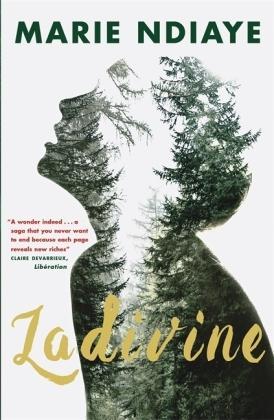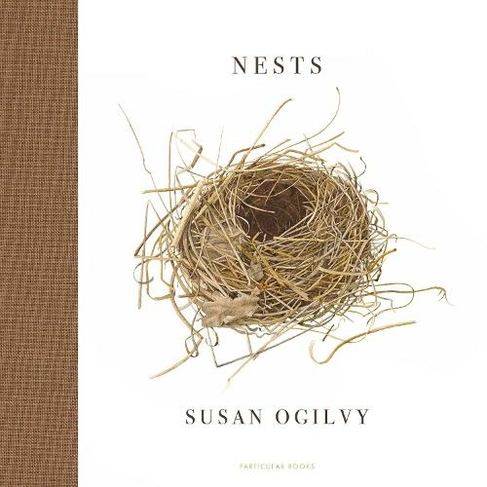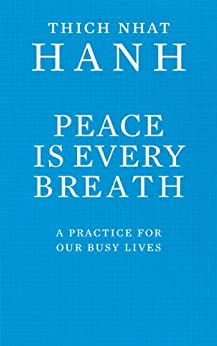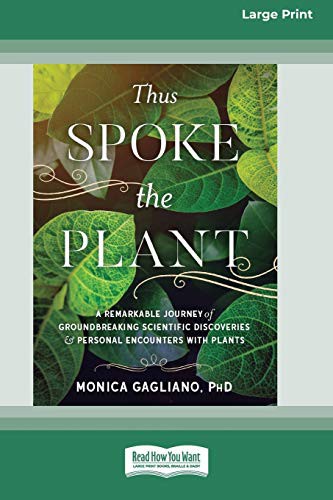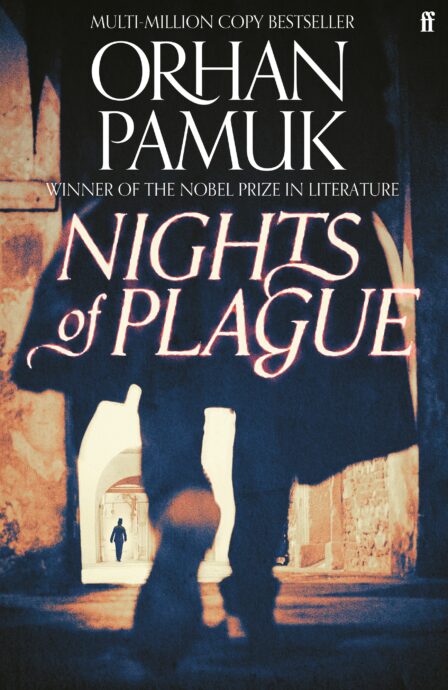Have had this one on the pile for a while. Need something with a different pace so here we go.
Reviews and Comments
I arrange things into artworks, including paint, wood, plastic, raspberry pi, people, words, dialogues, arduino, sensors, web tech, light and code.
I use words other people have written to help guide these projects, so I read as often as I can. Most of what I read is literature (fiction) or nonfiction on philosophy, art theory, ethics and technology.
Also on Mastodon.
This link opens in a pop-up window
Fionnáin started reading Handiwork by Sara Baume
Funfull Linguistics
4 stars
The authors of Bad Language were careful to condemn pedantry and deride disinformation about language and dialect when they wrote this enjoyable book in 1990. More than that, they were at pains to dismiss any notion of correctness in language, regularly pointing out classism and elitism in this. The book breaks down ideas considered "bad" in English, from swearing to malapropisms, and presents them as part of a living, loved language. And they had fun along the way.
And so did I.
Fionnáin reviewed Of All That Ends by Günter Grass
A fitting end
4 stars
Günther Grass' last book is a fitting conclusion. It's a wittily funny, perfectly curmudgeonly, and surprisingly touching account of the end of his life, documented through short essays, poems and drawings. There is narrative here, and a deep love for humanity coupled with a mild hopelessness about a future that he will never see. And a final tooth that perhaps he cannot save.
Fionnáin started reading Of All That Ends by Günter Grass
Fionnáin started reading Bad Language (Penguin Language & Linguistics) by Peter Trudgill
Fionnáin reviewed New Dark Age by James Bridle
Still in the dark
3 stars
James Bridle's writing and art about the complexity of network technologies is often so careful about saying everything succinctly and clinically that it's tempting to believe that he might be part machine. So if anything, this book has proven his humanity, if a little disappointingly.
In content, writing in 2017, Bridle is ahead of his time. His topics range from bias in image machine learning models to secrecy in corporate and government surveillance. However, the structure of the chapters often reads like a Wikipedia dive, leaping between stories and vaguely connected ideas with gleeful abandon. The result is a little chaotic and difficult to connect together. By no means a bad book, but there are better examples that deal with these topics more coherently.
Fionnáin reviewed If I Only had a Heart: a DisCO manifesto by DisCO
Distributed Ideas
No rating
This short book documents some models and ways of using Distributed Co-operative Organisations as a structural model. It's a useful reference and resource point for a relatively novel structure of organisation. The stronger chapters are those that cross theory with practical examples, best exemplified in Chapter 3: Last Night A Distributed Cooperative Organization Saved My Life. Overall, the book is playful, nicely designed, coherent, and a useful guide for trying our something with this organisational model.
Before me scarred, behind me scarred
5 stars
In a moment of synchronicity, Cormac McCarthy died two days before I finished this book. It was strange to see him in the headlines because I had been talking about him since I opened N Scott Momaday's masterpiece House Made of Dawn. I don't like to give equivalences when describing books, but in this case it's an obvious one. This book was a clear influence on McCarthy, either directly or indirectly. And it is powerful.
The story is about Abel, a longhair indigenous American, set between 1945 and 1952. He has grown up on a reservation in New Mexico. He suffers the indignity of this experience, and many other slights and insults to tradition and life, like a thousand small cuts.
The story is of this experience of slow erasure, of violent intolerance. I is incredible to think that this book is over 50 years old. Each section has …
In a moment of synchronicity, Cormac McCarthy died two days before I finished this book. It was strange to see him in the headlines because I had been talking about him since I opened N Scott Momaday's masterpiece House Made of Dawn. I don't like to give equivalences when describing books, but in this case it's an obvious one. This book was a clear influence on McCarthy, either directly or indirectly. And it is powerful.
The story is about Abel, a longhair indigenous American, set between 1945 and 1952. He has grown up on a reservation in New Mexico. He suffers the indignity of this experience, and many other slights and insults to tradition and life, like a thousand small cuts.
The story is of this experience of slow erasure, of violent intolerance. I is incredible to think that this book is over 50 years old. Each section has a different voice but all are captivating. Each skips between memory and story, presenting a microcosm of an experience suffered by so many. And each is beautiful and devastating.
Fionnáin started reading If I Only had a Heart: a DisCO manifesto by DisCO
Fionnáin started reading Ladivine by Marie NDiaye
Fionnáin reviewed Nests by Susan Ogilvy
Avian Architects
5 stars
Susan Ogilvy has lovingly painted the nests of common birds in a beautiful book. Each has a description of the origin of the nest, many given to her by friends and family. This is it — the book is perfect in its simplicity.
One small complaint is an unnecessary addition of somewhat spurious descriptive information about each bird species' habits. Despite seeing the uniqueness of each nest, these descriptions jar with the individuality she paints so beautifully. The book remains perfect if you ignore these parts.
Fionnáin reviewed Peace Is Every Breath by Thích Nhất Hạnh
Practices for Every Day
No rating
A beautiful and thoughtful guide by Thich Nhat Hanh to help mindfully move through each day. The book includes practices and thoughts for exercises as seemingly mundane as brushing teeth or preparing coffee. Each is given weight.
Later in the book, Hanh addresses heavier topics like food (of body and mind) and cycles of anger, and suggests practices of love that can help mitigate bad habits or hurtful situations. It is a beautiful, meditative book, worth having a copy to refer to as well as worth reading as a learning tool.
Fionnáin reviewed Thus Spoke the Plant by Monica Gagliano
From firm roots to frail branches
3 stars
Monica Gagliano has written a unique book. It is a memoir of a kind describing her experience of learning from the voices of various plants: Socoba (Bellaco-caspi), Tobacco, Corn, Ayahuasca and others. The voices tell stories and help direct her scientific research.
The first half of the book is brilliant. It is fluid and calm, poetic and playful. Despite Gagliano's blinkered view of her own privilege (she writes as if everyone has the freedom to travel freely around the world and work in universities), it reads wonderfully and creatively and she constructs a philosophy that is like an intersection between Deleuze & Guattari and Donna Haraway, although not calling on either. Instead she calls on various plants, supported in her conversations by humans who understand their world. The plants suggest experiments that she should follow, and she listens. This theory and process is magnificent, adventurous and wild, and very brave. …
Monica Gagliano has written a unique book. It is a memoir of a kind describing her experience of learning from the voices of various plants: Socoba (Bellaco-caspi), Tobacco, Corn, Ayahuasca and others. The voices tell stories and help direct her scientific research.
The first half of the book is brilliant. It is fluid and calm, poetic and playful. Despite Gagliano's blinkered view of her own privilege (she writes as if everyone has the freedom to travel freely around the world and work in universities), it reads wonderfully and creatively and she constructs a philosophy that is like an intersection between Deleuze & Guattari and Donna Haraway, although not calling on either. Instead she calls on various plants, supported in her conversations by humans who understand their world. The plants suggest experiments that she should follow, and she listens. This theory and process is magnificent, adventurous and wild, and very brave.
However, when the experiments begin, they are not particularly nuanced and we only see the ones that support the claims she is making. While the ideas are terrific and the results are exciting, there is a lack of scientific rigour. For example, an experiment works on peas in isolation, showing how they can be trained to respond to stimuli like Pavolv's dogs, but there is no follow-on to see if this might work in other conditions. It probably would, and I would love to believe it, but claiming success in such experiments only repeats the mistakes that Gagliano criticises in science, where there is a blindness to other results, particularly those you do not want to see. Further to this, there is a lot of anger against the academic world on the later pages (sometimes justified, at other times harsh) and repeated claims to have 'discovered' truths that have already been presented by many theorists and artists over the past few hundred years (and likely much longer).
In the end, the plants speak, and Gagliano listens, but it feels like if she had listened to some more humans she might have an even broader story to tell. Maybe someone else will take on this mantle, and hopefully will be inspired by some of the wonderful work that is presented here.
Fionnáin reviewed Nights of Plague by Orhan Pamuk
Machinations of nations, told via plague
4 stars
The island of Mingheria plays host to a doubly deep deception by the master storyteller Orhan Pamuk. The book opens by telling us it is written by a fictional historian, followed by an introduction to the fictional Mediterranean island where the history takes place. The events surround a spread of plague on the island in 1901, and its social and political consequences. Interestingly, Pamuk began writing it with the advice of epidemiologists before the COVID-19 pandemic began, but it echoes many socio-polotical events of that period.
While the character elements of the story are a little hollow, the book is flawless when it deals with the entangled machinations of political intrigue. The author (both the false narrator and the authentic writer) show a keen sense of how politics, religion and social norms entwine in and around events like an epidemic, quarantine measures, and public health. More than this, Pamuk takes …
The island of Mingheria plays host to a doubly deep deception by the master storyteller Orhan Pamuk. The book opens by telling us it is written by a fictional historian, followed by an introduction to the fictional Mediterranean island where the history takes place. The events surround a spread of plague on the island in 1901, and its social and political consequences. Interestingly, Pamuk began writing it with the advice of epidemiologists before the COVID-19 pandemic began, but it echoes many socio-polotical events of that period.
While the character elements of the story are a little hollow, the book is flawless when it deals with the entangled machinations of political intrigue. The author (both the false narrator and the authentic writer) show a keen sense of how politics, religion and social norms entwine in and around events like an epidemic, quarantine measures, and public health. More than this, Pamuk takes many satirical shots at nationalism and nationhood, employing as a punchline the fictional island nation of Mingheria at a time when nation states were becoming a way of politically understanding territory in many parts of the world.
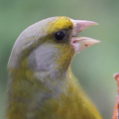
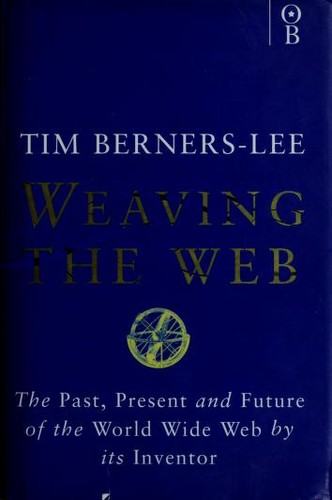
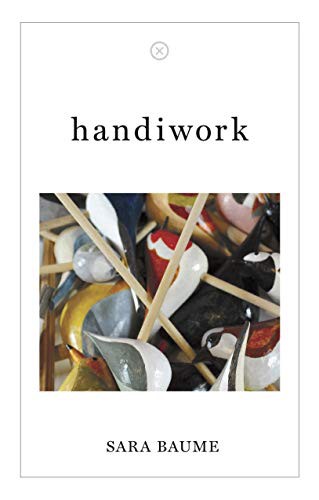
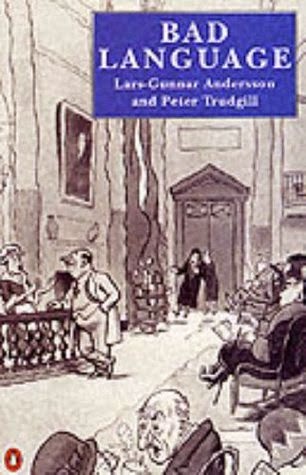
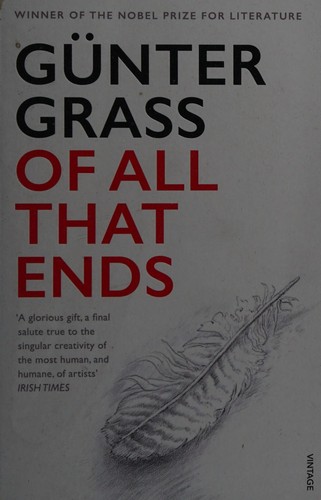
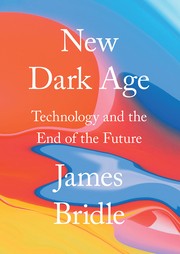
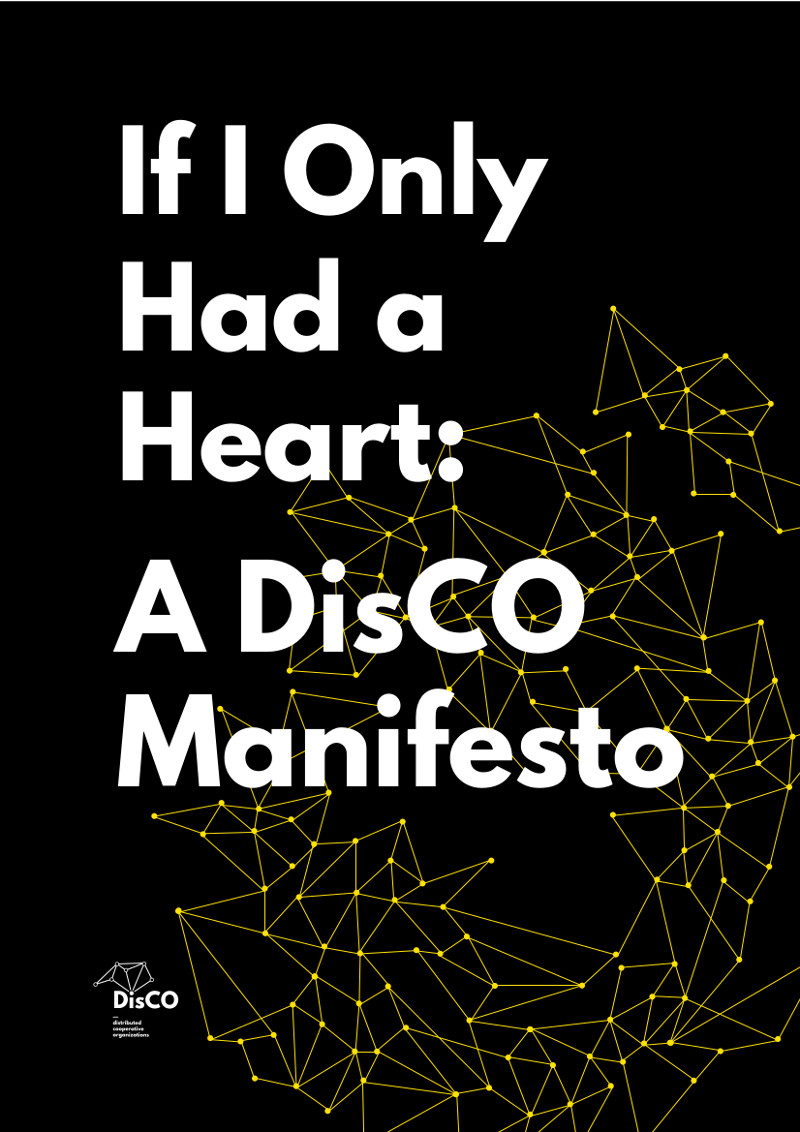
![House Made of Dawn [50th Anniversary Ed] (Paperback, 2018, Harper Perennial Modern Classics)](/images/covers/dba7aeab-2017-4a2f-97eb-67f7037a47a7.jpeg)
